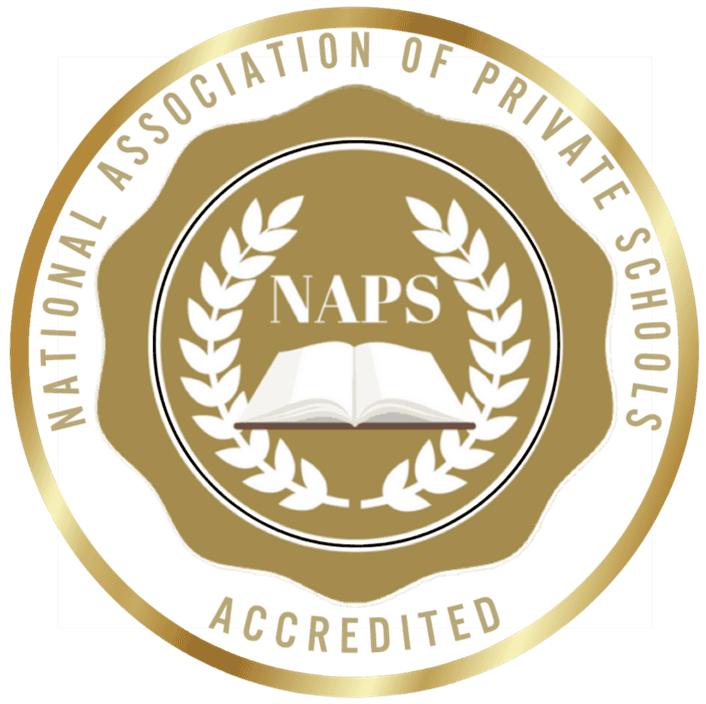6th Grade Homeschool Curriculum for Christian Families
Scope & Sequence - 6th Grade Homeschool Curriculum
Math Grade 6 (PACEs 1061–1072)
The student:
Learns the properties of addition and multiplication—commutative, associative, identity, and zero.
Works with exponents and is introduced to expanded notation using exponents. n Rounds and estimates large numbers and works mental estimation problems.
Learns factoring rules (divisibility rules); identifies prime numbers and composite numbers.
Reviews fractions and fraction terms; adds, subtracts, multiplies, and divides fractions; changes fractions to decimals using long division; and converts fractions to percents.
Reviews decimals; adds, subtracts, multiplies, and divides decimals; defines repeating and terminating decimals; and changes decimals to percents.
Relates percents and decimals to fractions, learns common percents, changes percents to decimals, and finds percent of a number.
Is introduced to integers.
Learns order of operation.
Learns the terms equations and inequalities when comparing number sentences (, =).
Defines a variable and solves equations (one variable) using inverse operations. n Works with ratios and proportions, and uses proportions to solve problems.
Finds the probability of an event, and expresses probability as a ratio.
Uses critical thinking skills to solve word problems.
Defines and interprets circle, line, bar, and double-line graphs.
Builds geometric knowledge; measures angles; finds the perimeter, area, and volume; and defines the parts of a circle.
Rounds money to find estimated costs and solves money problems.
Compares English and metric measurements, and carries out conversions.
English Grade 6 (PACEs 1061–1072)
The student:
Increases word concepts—antonyms, synonyms, homonyms, and heteronyms.
Reviews nouns—common, proper, compound, singular, plural, possessive; and learns about collective nouns and nouns in apposition.
Expands verb knowledge (action, linking, state-of-being, regular and irregular) to include verb tenses (present, past, future), and conjugation of all six tenses; verb agreement; and the review of troublesome verbs (learn/teach, sit/set, lay/lie, rise/raise).
Identifies pronouns—personal (subjective and possessive), interrogative, demonstrative, relative, reflexive, and indefinite.
Builds upon parts of speech—comparisons using adjectives and adverbs, prepositions and phrases, coordinating conjunctions, interjections, and diagramming.
Strengthens sentence writing by using sentence patterns, interesting words, and exact nouns; recognizes subject and verb agreement; and types of clauses.
Practices writing paragraphs and begins outlining and research.
Uses simple, compound, and compound-complex sentences with effective coordination and subordination of ideas to express complete thoughts.
Learns to identify types of sentence patterns and clauses.
Is encouraged in character development through examples given in each PACE.
Literature and Creative Writing Grade 6 (PACEs 1061–1072)
The student:
Locates words in a dictionary, identifies word families, and defines new vocabulary words.
Reads and answers thought questions.
Uses visual discrimination.
Writes expository and descriptive paragraphs, essays, simple and detailed explanations, directions, personal diary entries; cause and effect; fact and opinion; and exposition, description, persuasion, and narration.
Identifies figures of speech, sensory detail, and climax and resolution of story.
Solves word and logic puzzles.
Converts information into bar graphs.
Required resources:
The Fugitive King by Elizabeth Handford
Christians with Courage by Ruth Johnson Jay
Alexi’s Secret Mission by Anita Deyneka
Ace and Christi Series—Grandpa’s Christmas Gift by Sarah Hopewell
Little Pilgrim’s Progress by Helen L. Taylor
Treasures of the Snow by Patricia M. St. John
Social Studies Grade 6 (PACEs 1061–1072)
The student:
Gains an insight into the New World after the Flood—the Tower of Babel, the times of the Patriarchs, civilization from c. 2000 to 500 B.C., the Assyrian and New Babylonian Empires, the Silent Years (the rebuilding of Jerusalem), great Christian leaders from A.D. 100 to A.D. 430 and from A.D. 1300 to A.D. 1600, and the Great Awakening in America.
Identifies heroes from the Bible—Noah, Abraham, Isaac, Jacob, Joseph, Moses and the Exodus, Samuel; and the birth, life, and death of Christ.
Develops character traits through examples in each PACE.
Studies Christian leaders and missionaries in American history.
Ignatius Polycarp Justin Martyr Irenaeus
John Wycliffe John Huss Martin Luther
John Calvin John Knox Jonathan Edwards
John and Charles Wesley George Whitefield William Tennant
Gilbert Tennant Circuit preachers
Science Grade 6 (PACEs 1061–1072)
The student:
Expands his vocabulary base with the addition of new vocabulary words.
Explores the theories, properties, and laws of magnetism, and the uses of magnets; acids, bases, elements, solvents, solutes, and solutions in chemistry; higher and lower plants, and the process of photosynthesis.
Looks at the history, nature, and uses of electricity; chemical, mechanical, and nuclear sources of electricity and measuring electricity.
Learns about the central nervous system, the senses, the structure and function of the skeletal and muscular systems, infectious and noninfectious diseases, treatment of and defense against diseases, and digestion and nutrition.
Builds knowledge of previously introduced character traits.
Word Building Grade 6 (PACEs 1061–1072)
The student:
Reviews phonics rules—vowels, consonants, blends, diphthongs, and digraphs.
Builds on the parts of speech foundation—present, past, and progressive tenses; and forming plurals.
Bible Reading Grade 6 (PACEs 1061-1072)
The student:
Reads and answers questions on Old Testament historical books: Leviticus, Numbers, Deuteronomy, Joshua, Judges,and I Samuel.
Reads and answers questions on Old Testament wisdom books: Psalms 35-73 and Proverbs 1-15.
Reads and answers questions on New Testament doctrinal books: Romans, I and II Corinthians, Galatians, and Ephesians.
Learns interesting Bible facts.
Learns 12 character traits and memorizes an Old and New' Testament Scripture verse for each trait.
Answers thought-provoking questions regarding various Scripture passages.

